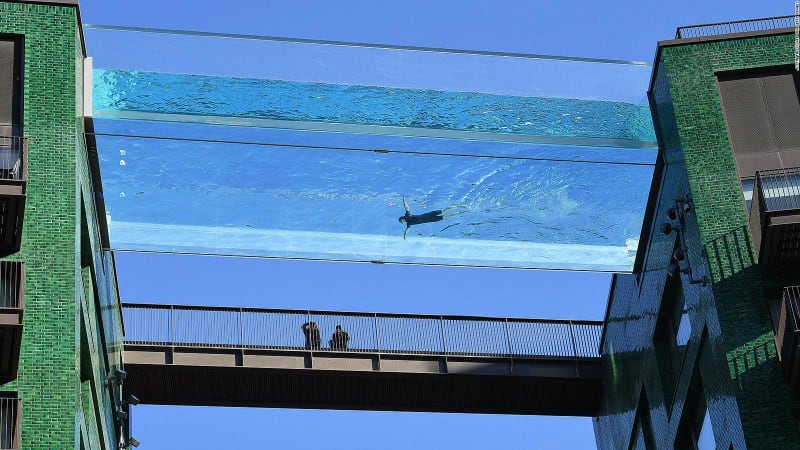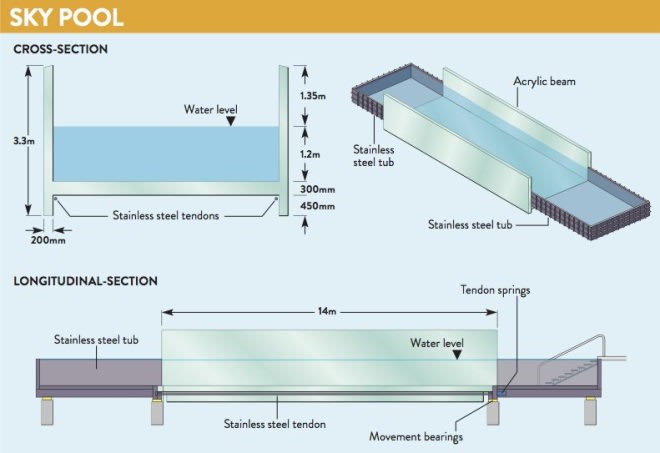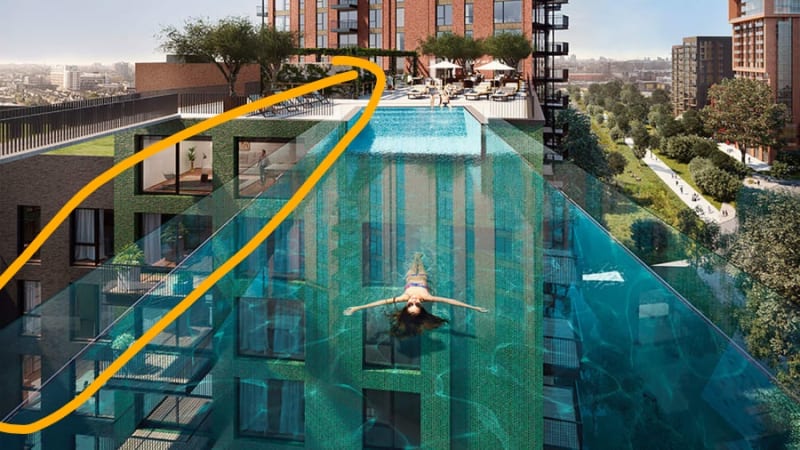MIStructE_IRE
Structural
- Sep 23, 2018
- 816
As much as this image looks like CGI, its not. Its just opened in London and appears to be made of 200mm thick acrylic. The span is about 14m and it consists of a 200mm thick acrylic slab spanning between upstand beams. These beams are 200mm thick acrylic x 3.3m high!
I’m still unsure as to why the compression zone of these incredibly slender upstand acrylic beams does not LTB itself into oblivion! I understand the concept of U-frame action in chunky steel bridges, but this seems to defy all understanding I have of structural behavior! Can anyone shed some light on this? Its very impressive!
Ps - for those wondering about redundancy, as I was, there are 2 No. steel cables beneath the slab..


I’m still unsure as to why the compression zone of these incredibly slender upstand acrylic beams does not LTB itself into oblivion! I understand the concept of U-frame action in chunky steel bridges, but this seems to defy all understanding I have of structural behavior! Can anyone shed some light on this? Its very impressive!
Ps - for those wondering about redundancy, as I was, there are 2 No. steel cables beneath the slab..



